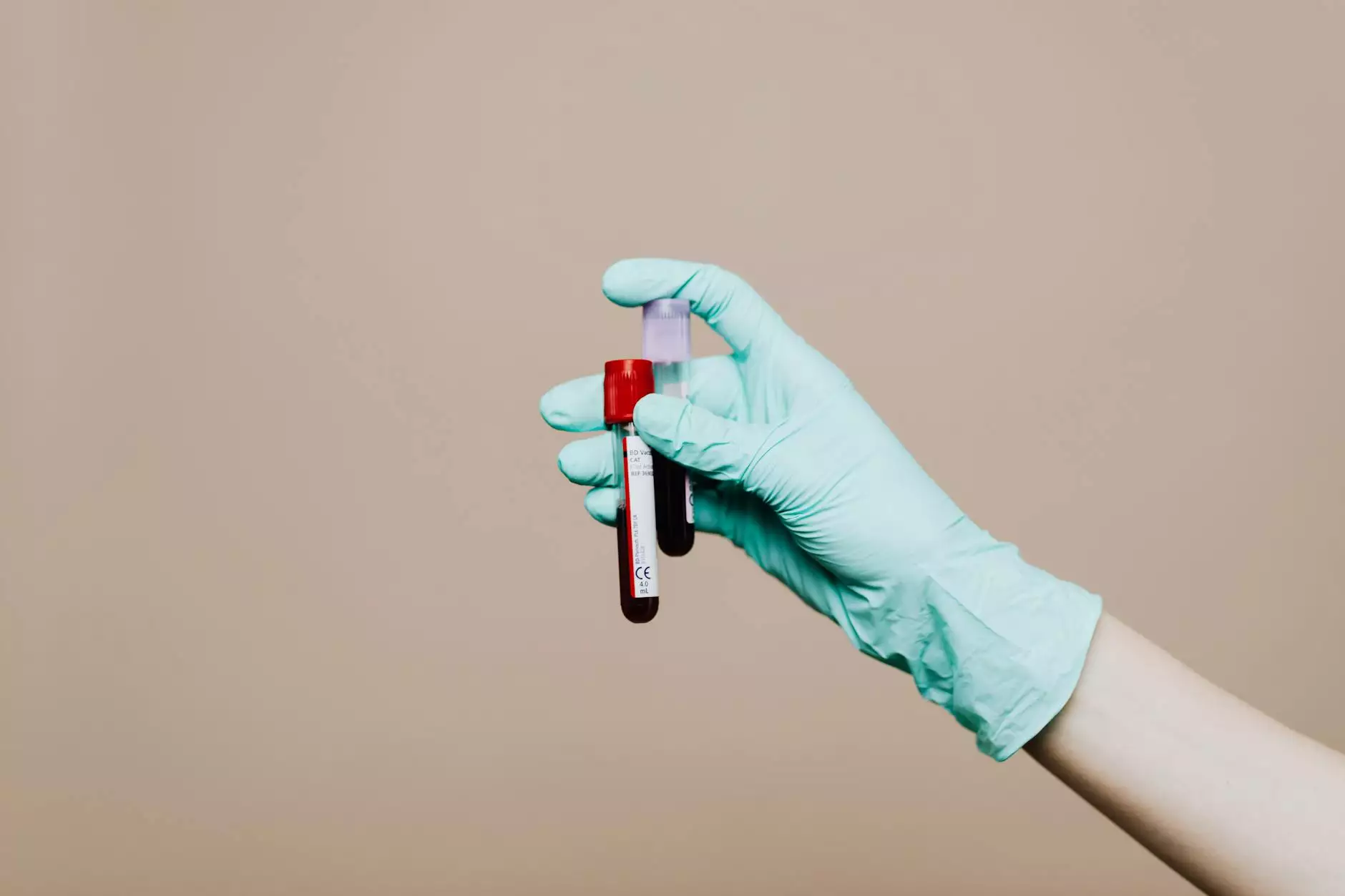Lung Cancer CT Scan: Understanding the Importance and Benefits

Lung cancer remains one of the most prevalent and lethal forms of cancer globally. Early detection is crucial for improving survival rates and treatment outcomes. One of the most effective tools in early detection is a lung cancer CT scan. This article aims to delve deep into the significance of CT scans for lung cancer, the procedure involved, its benefits, and the latest advancements in imaging technology.
What is a Lung Cancer CT Scan?
A lung cancer CT (Computed Tomography) scan is an imaging test that utilizes X-ray technology to create detailed cross-sectional images of the lungs. This non-invasive procedure provides a more comprehensive view than standard X-rays, allowing healthcare professionals to identify abnormalities in lung tissue. With its ability to yield high-resolution images, a lung cancer CT scan is pivotal for:
- Detecting lung nodules or tumors
- Assessing the size and location of a detected mass
- Guiding biopsy procedures
- Evaluating the response to treatment
The Procedure: What to Expect
When preparing for a lung cancer CT scan, patients should understand the steps involved to alleviate any anxiety regarding the process. Here’s a typical outline of the procedure:
1. Pre-Scan Instructions
Before undergoing the scan, patients may receive specific instructions regarding food and drink. It is usually advised to avoid eating several hours prior to the appointment.
2. Arranging Your Position
During the scan, patients will lie on a motorized table that slides into the CT scanner, a large doughnut-shaped machine. Medical professionals will position the patient to capture the best possible images of the lungs.
3. The Scanning Process
As the scan begins, the machine rotates around the body, capturing multiple images from various angles. The procedure lasts approximately 10–30 minutes, during which patients may be asked to hold their breath briefly to minimize movement.
4. Post-Scan Care
After the scan, patients can resume normal activities, as there are usually no side effects associated with the procedure. Results are typically available within a few days.
Benefits of Lung Cancer CT Scans
The advantages of undergoing a lung cancer CT scan are numerous and can greatly impact early diagnosis and treatment plans. Here are some pivotal benefits:
1. Early Detection of Lung Cancer
CT scans are known for their superior capacity to detect small tumors that might not be visible through other imaging methods. Early detection is crucial as it often leads to better treatment options and improved survival rates.
2. Comprehensive Imaging
Unlike standard X-rays, CT scans provide a three-dimensional view of lung structures, allowing for a more thorough evaluation of potential irregularities.
3. Monitoring Treatment Response
For patients already diagnosed with lung cancer, CT scans are an essential tool in monitoring the effectiveness of treatment protocols and making necessary adjustments.
4. Enhanced Accuracy for Biopsies
In cases where biopsy procedures are needed to ascertain the type of lung cancer, CT scan imaging guides healthcare providers in precisely targeting lesions, significantly improving the accuracy of such procedures.
Recent Advancements in Lung Cancer CT Scans
Technological advancements continuously enhance the efficacy and efficiency of lung cancer CT scans. Some of the most notable innovations include:
1. Low-Dose CT Scans
In a bid to minimize radiation exposure, low-dose CT scans have become widely adopted. These scans maintain image quality while significantly reducing the amount of radiation patients are exposed to.
2. AI in Imaging Interpretation
Artificial intelligence incorporates algorithms that assist radiologists in interpreting scans with increased speed and accuracy, allowing for quicker diagnoses and treatment decisions.
3. Screening Programs
Many health organizations now recommend routine lung cancer screenings for high-risk populations, utilizing CT scans to enhance early detection rates.
Risks and Considerations
While the benefits of lung cancer CT scans are significant, it is crucial for patients to be aware of potential risks:
- Radiation Exposure: Although advancements such as low-dose scans reduce exposure, there remains a minimal risk associated with X-ray radiation.
- False Positives: CT scans may sometimes result in false positives, leading to unnecessary anxiety and further invasive tests.
- Cost Considerations: Depending on healthcare plans, the cost of a CT scan can be a factor for many patients.
Conclusion: The Role of Lung Cancer CT Scans in Modern Healthcare
With lung cancer being a leading cause of cancer-related deaths, the role of a lung cancer CT scan in early detection and effective management can’t be overstated. The advantages provided by this imaging technology are profound, enhancing the chances of successful treatment and potentially saving lives.
Healthcare professionals at HelloPhysio.sg are committed to providing comprehensive services that encompass health, medical, sports medicine, and physical therapy. Our team emphasizes the importance of regular screenings and appropriate diagnostic imaging as part of a proactive approach to health care.
For those at risk or concerned about lung cancer, consulting a healthcare provider about the benefits and implications of undergoing a CT scan is a critical step toward maintaining lung health.








